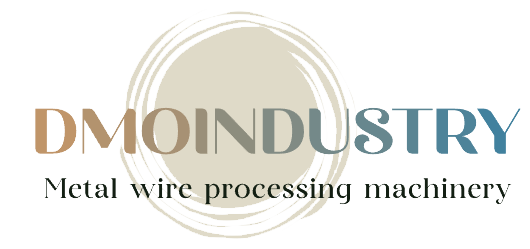Table of Contents
Advantages of Using Programmable Traverse Drive Unit in Industrial Automation
In the world of industrial automation, efficiency and precision are key factors in ensuring smooth operations and maximizing productivity. One technology that has revolutionized the way machines operate is the programmable Rolling ring traverse drive unit. This innovative system allows for precise control and movement of various components in industrial machinery, offering a wide range of advantages for manufacturers and operators alike.
One of the primary advantages of using a programmable traverse drive unit is the ability to customize and automate the movement of components within a machine. By programming specific movements and sequences, operators can ensure that each task is performed with the utmost precision and accuracy. This not only improves the overall quality of the end product but also reduces the risk of errors and inconsistencies in the manufacturing process.
Furthermore, programmable traverse drive units offer increased flexibility and versatility in industrial automation. With the ability to easily reprogram and adjust movements as needed, manufacturers can quickly adapt to changing production requirements and optimize their processes for maximum efficiency. This level of flexibility is essential in today’s fast-paced manufacturing environment, where agility and responsiveness are key to staying competitive.
Another key advantage of programmable traverse drive units is their ability to improve safety in industrial settings. By automating repetitive or dangerous tasks, operators can reduce the risk of accidents and injuries on the factory floor. Additionally, the precise control offered by these drive units helps to minimize the potential for human error, further enhancing workplace safety and reducing the likelihood of costly mistakes.
In addition to safety benefits, programmable traverse drive units also offer significant cost savings for manufacturers. By streamlining operations and reducing the need for manual labor, companies can lower their production costs and improve their bottom line. The increased efficiency and productivity provided by these drive units can also lead to higher output levels and faster turnaround times, allowing manufacturers to meet customer demands more effectively.
Furthermore, programmable traverse drive units can help to extend the lifespan of industrial machinery by reducing wear and tear on components. By ensuring that movements are precise and controlled, these drive units can minimize the strain on mechanical parts and prevent premature failure. This not only reduces maintenance costs but also helps to prolong the overall lifespan of equipment, providing long-term value for manufacturers.
Overall, the advantages of using a programmable Rolling ring drive unit in industrial automation are clear. From improved precision and flexibility to enhanced safety and cost savings, these drive units offer a wide range of benefits for manufacturers looking to optimize their operations. By incorporating this innovative technology into their machinery, companies can stay ahead of the curve and drive success in today’s competitive manufacturing landscape.
How to Optimize Performance of Programmable Traverse Drive Unit in Manufacturing Processes
In the world of manufacturing, efficiency and precision are key factors in ensuring the success of any operation. One crucial component that plays a significant role in achieving these goals is the programmable traverse drive unit. This innovative technology allows for precise control over the movement of materials in manufacturing processes, ultimately leading to improved performance and productivity.

One of the primary ways to optimize the performance of a Smooth Shaft Traverse Unit is through proper programming. By carefully setting up the unit to follow specific paths and speeds, manufacturers can ensure that materials are moved exactly where they need to be, when they need to be there. This level of control not only improves efficiency but also reduces the risk of errors or accidents in the manufacturing process.
Another key factor in optimizing the performance of a programmable traverse drive unit is regular maintenance and calibration. Like any piece of machinery, these units require routine upkeep to ensure they are operating at peak performance. By regularly checking for wear and tear, lubricating moving parts, and calibrating the unit as needed, manufacturers can extend the life of the unit and prevent costly breakdowns.
Additionally, manufacturers can optimize the performance of their programmable traverse drive unit by investing in high-quality components. By using durable materials and reliable technology, manufacturers can ensure that their drive unit will continue to perform at a high level for years to come. This not only improves efficiency but also reduces the risk of downtime due to equipment failure.
Furthermore, manufacturers can optimize the performance of their programmable traverse drive unit by implementing proper safety measures. By ensuring that all operators are trained in the safe use of the unit and that proper safety protocols are in place, manufacturers can reduce the risk of accidents and injuries in the workplace. This not only protects employees but also helps to maintain the integrity of the manufacturing process.
In conclusion, optimizing the performance of a programmable traverse drive unit is essential for achieving efficiency and precision in manufacturing processes. By carefully programming the unit, maintaining and calibrating it regularly, investing in high-quality components, and implementing proper safety measures, manufacturers can ensure that their drive unit operates at peak performance. This not only improves productivity but also reduces the risk of errors, accidents, and downtime in the manufacturing process. Ultimately, by taking these steps to optimize the performance of their programmable traverse drive unit, manufacturers can set themselves up for success in the competitive world of manufacturing.





